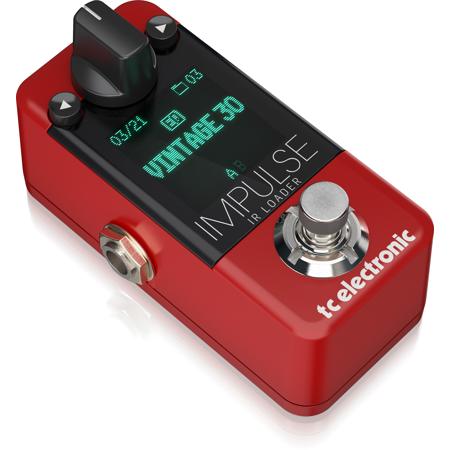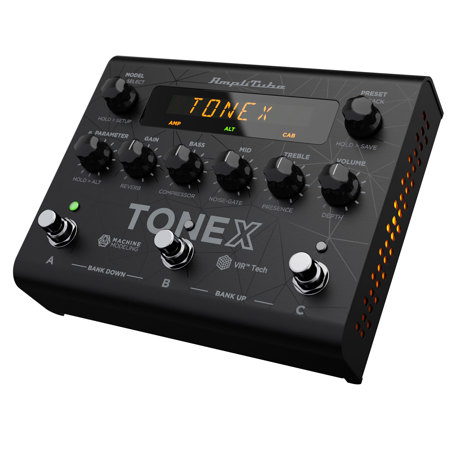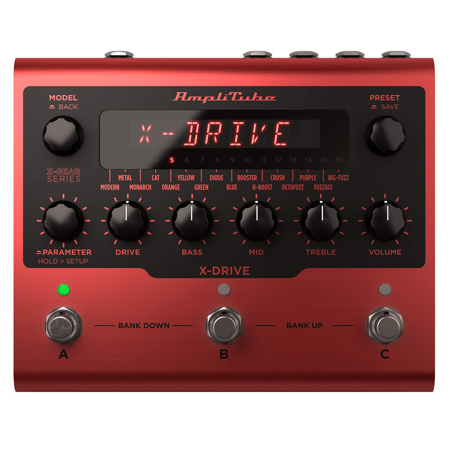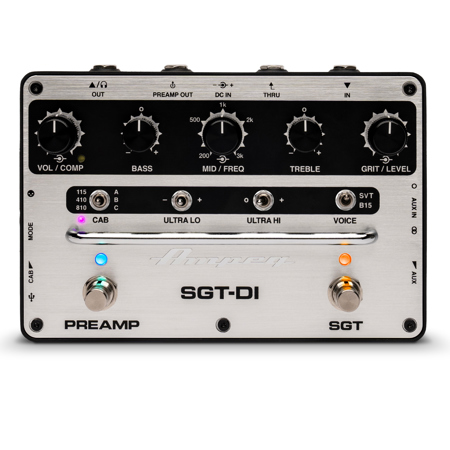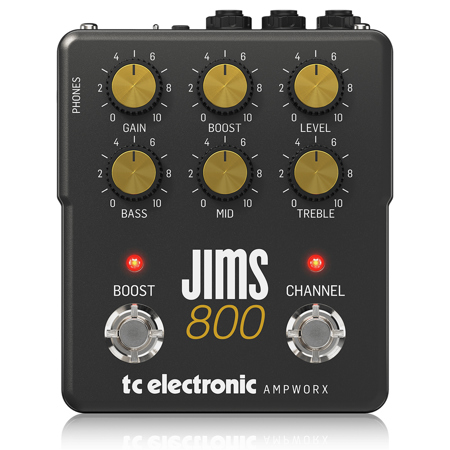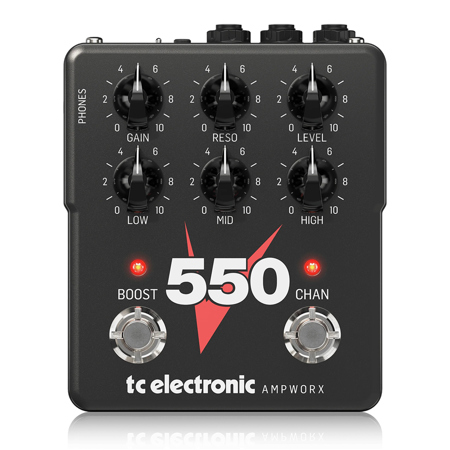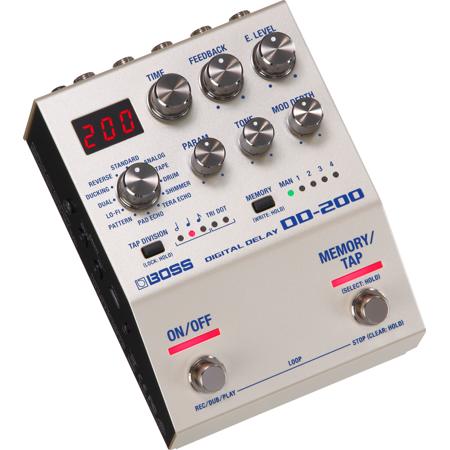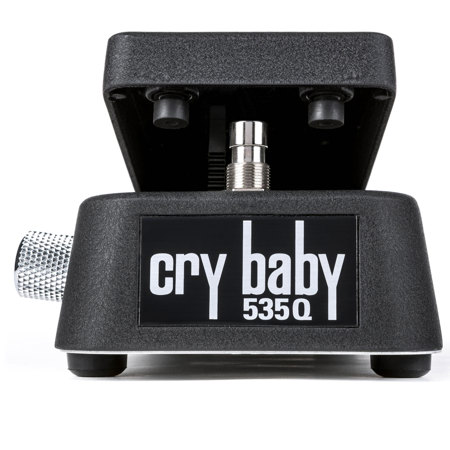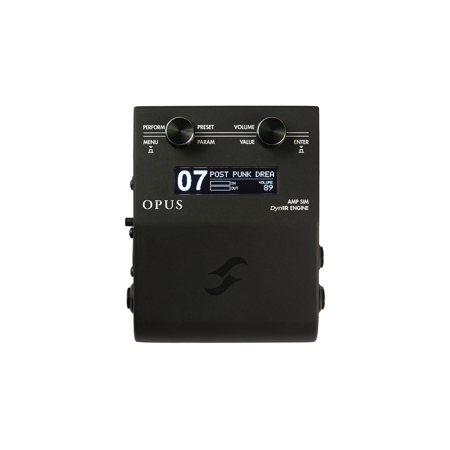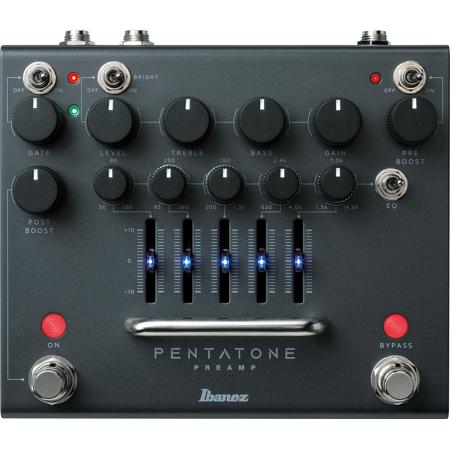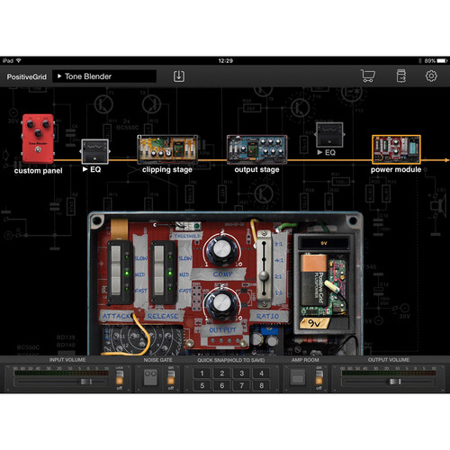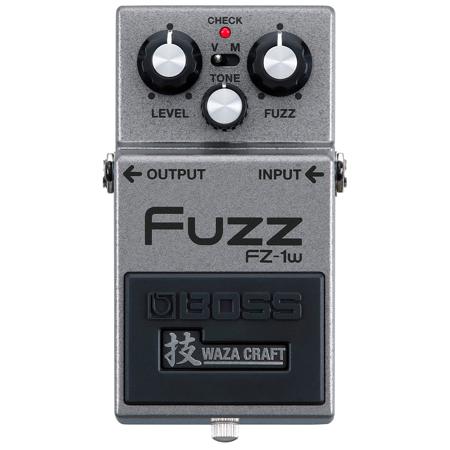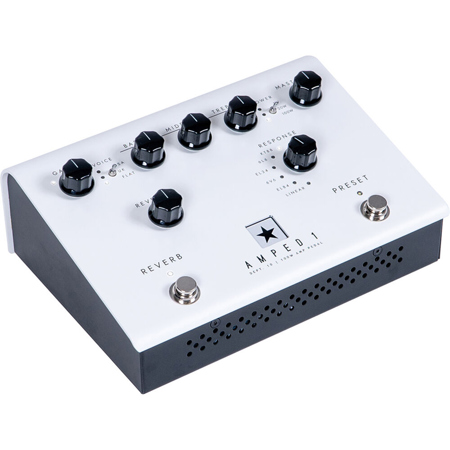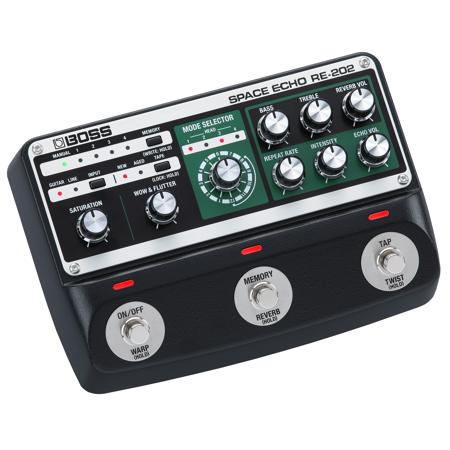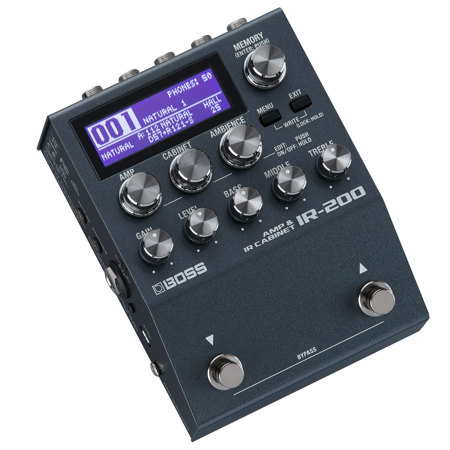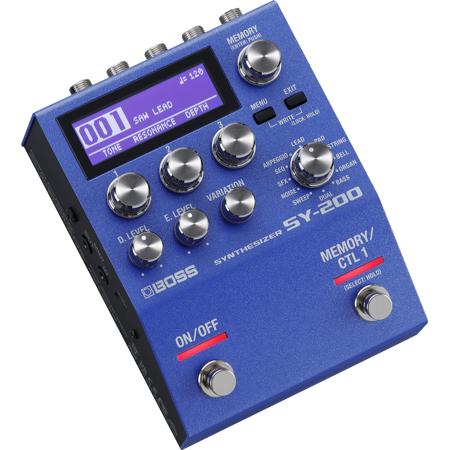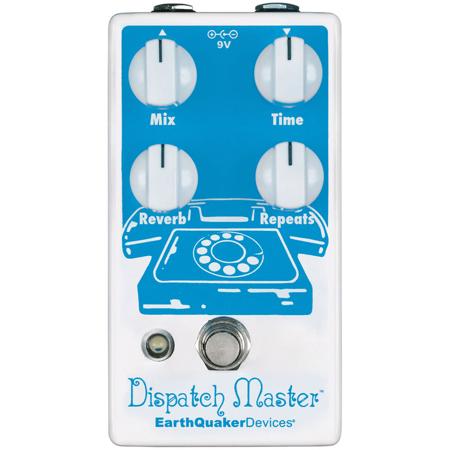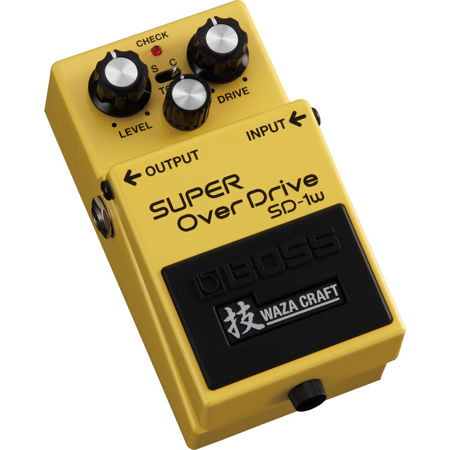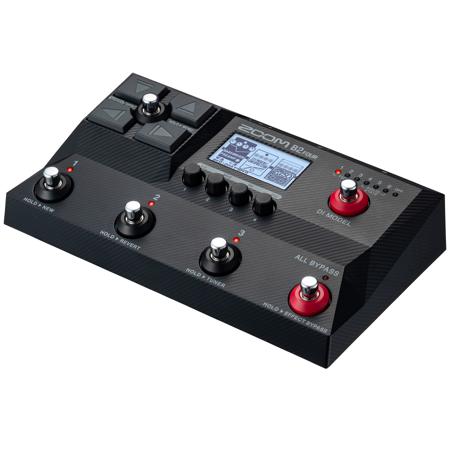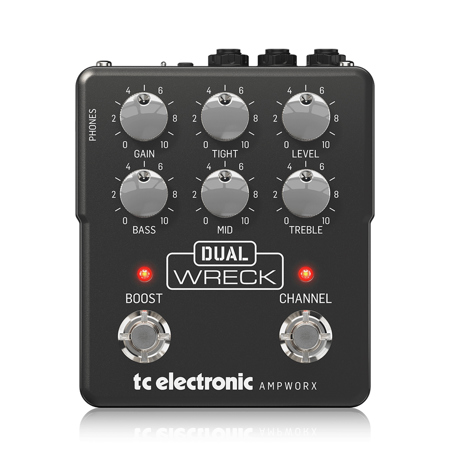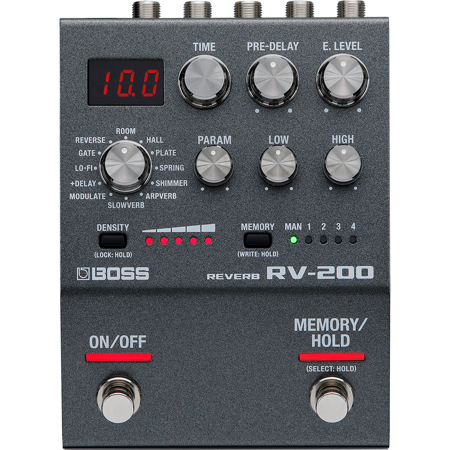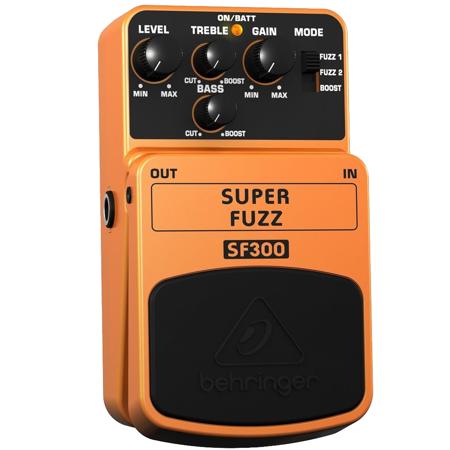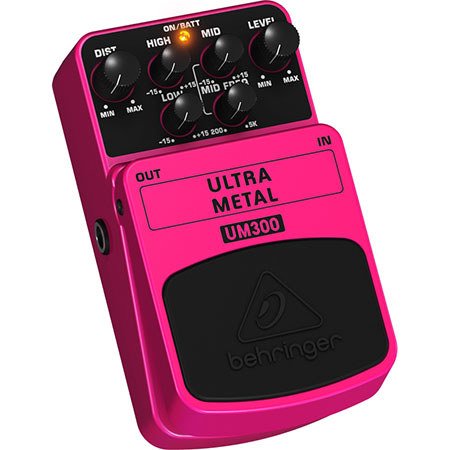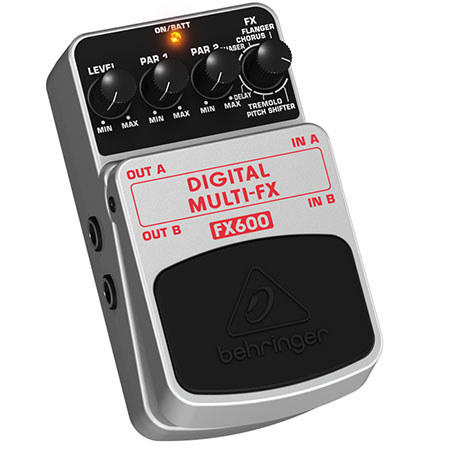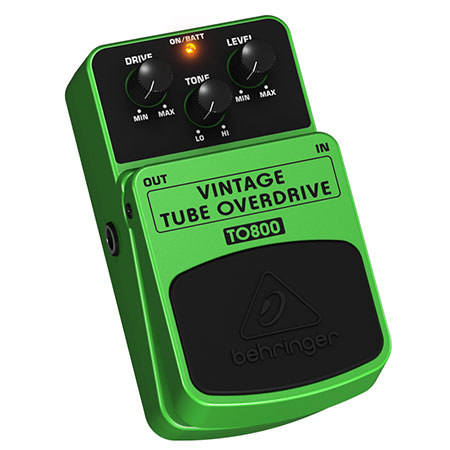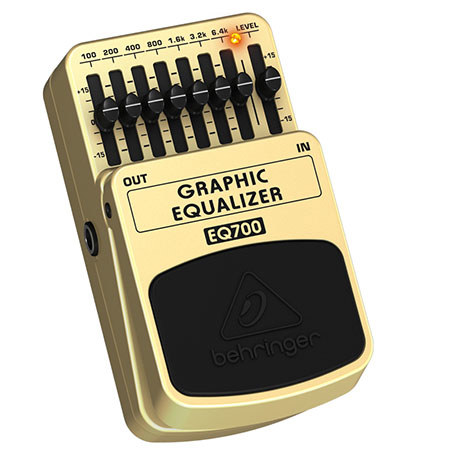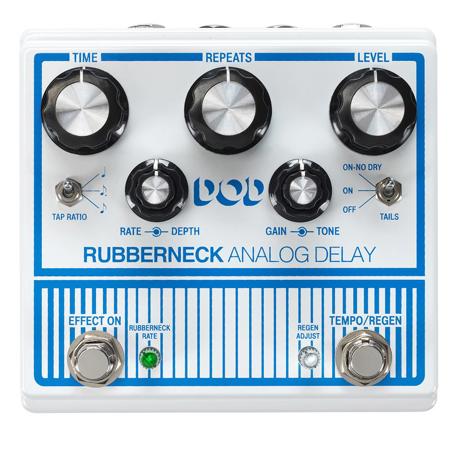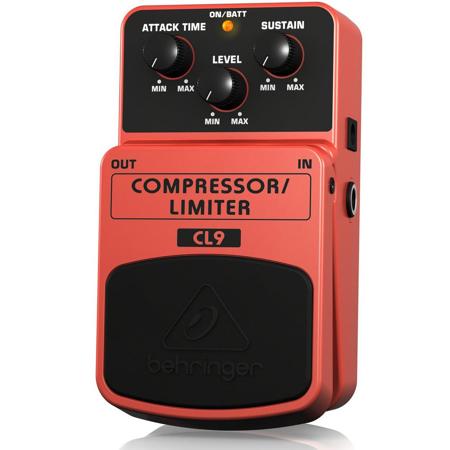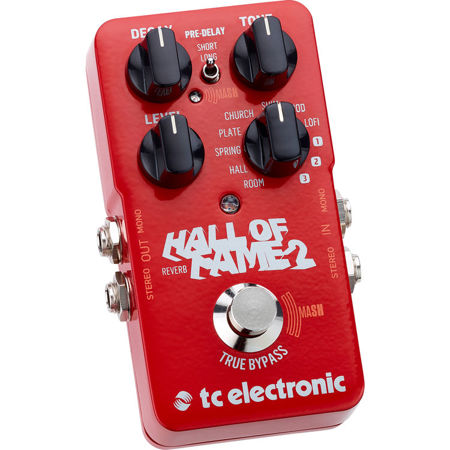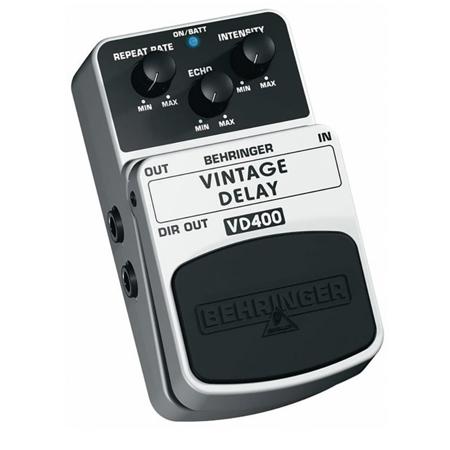Impulse Response Pedals
Impulse response pedals have become an essential tool for guitarists and bassists seeking to capture the authentic sound and feel of a well-miked amplifier cabinet, without the logistical challenges of hauling heavy gear or dealing with the unpredictable acoustics of different venues. At their core, an impulse response guitar pedal uses advanced digital technology to recreate the sonic fingerprint of a speaker cabinet, microphone, and the room environment, offering a remarkably realistic direct sound. Whether you’re a gigging musician playing at clubs, a studio artist tracking late at night, or a hobbyist looking to keep your setup compact and versatile, an ir pedal can transform your rig. These pedals are especially valuable in the fall and winter months, when outdoor shows give way to intimate indoor gigs and recording projects, and the need for consistent, controllable tone becomes even more pronounced. For musicians who travel frequently or perform in venues with unpredictable backlines, a guitar ir pedal allows you to maintain your signature sound regardless of what’s on stage.
When considering an impulse response guitar pedal, it’s important to think about how you’ll use it and what features matter most to you. Many modern ir pedals come preloaded with a selection of high-quality impulse responses, but the ability to load your own IRs via USB or SD card is a game-changer for those who want to experiment or tailor their sound to specific genres and playing styles. Inputs and outputs are another key factor—some pedals offer standard 1/4" instrument jacks, while others include balanced XLR outputs for direct connection to PA systems or audio interfaces, making them equally at home on stage or in the studio. Integrated headphone outputs are perfect for silent practice, while additional effects like reverb, delay, or EQ can help further shape your tone. For players who already have a pedalboard, look for compact designs that integrate seamlessly with your existing signal chain. Acoustic guitarists and multi-instrumentalists should consider pedals designed to handle both electric and acoustic signals, ensuring maximum flexibility for any performance or recording scenario. If you’re shopping for a gift, an impulse response pedal is a thoughtful choice for guitarists and bassists of all experience levels, especially those interested in recording, home practice, or modern live performance setups.
Impulse response pedals are also a great complement to other effects, such as those found in the realm of Digital Reverb Pedals, allowing you to craft lush, immersive soundscapes with ease. As the days grow shorter and the focus shifts to indoor creativity, having a reliable guitar ir pedal in your arsenal means you can achieve studio-quality tones at home, in rehearsal spaces, or on the road. Whether you’re dialing in the perfect cabinet simulation for a blues solo, recreating the punchy response of a classic rock stack, or simply looking to capture your best ideas with clarity and realism, the right ir pedal opens up a world of sonic possibilities. With features tailored to both beginners and pros, and the flexibility to adapt to any musical context, impulse response pedals are a smart investment for anyone serious about their sound.
When considering an impulse response guitar pedal, it’s important to think about how you’ll use it and what features matter most to you. Many modern ir pedals come preloaded with a selection of high-quality impulse responses, but the ability to load your own IRs via USB or SD card is a game-changer for those who want to experiment or tailor their sound to specific genres and playing styles. Inputs and outputs are another key factor—some pedals offer standard 1/4" instrument jacks, while others include balanced XLR outputs for direct connection to PA systems or audio interfaces, making them equally at home on stage or in the studio. Integrated headphone outputs are perfect for silent practice, while additional effects like reverb, delay, or EQ can help further shape your tone. For players who already have a pedalboard, look for compact designs that integrate seamlessly with your existing signal chain. Acoustic guitarists and multi-instrumentalists should consider pedals designed to handle both electric and acoustic signals, ensuring maximum flexibility for any performance or recording scenario. If you’re shopping for a gift, an impulse response pedal is a thoughtful choice for guitarists and bassists of all experience levels, especially those interested in recording, home practice, or modern live performance setups.
Impulse response pedals are also a great complement to other effects, such as those found in the realm of Digital Reverb Pedals, allowing you to craft lush, immersive soundscapes with ease. As the days grow shorter and the focus shifts to indoor creativity, having a reliable guitar ir pedal in your arsenal means you can achieve studio-quality tones at home, in rehearsal spaces, or on the road. Whether you’re dialing in the perfect cabinet simulation for a blues solo, recreating the punchy response of a classic rock stack, or simply looking to capture your best ideas with clarity and realism, the right ir pedal opens up a world of sonic possibilities. With features tailored to both beginners and pros, and the flexibility to adapt to any musical context, impulse response pedals are a smart investment for anyone serious about their sound.
